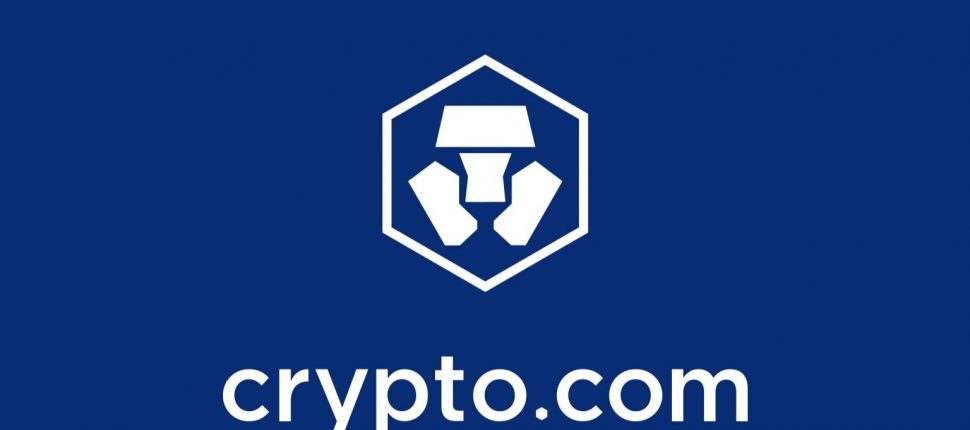- >Buying Crypto
- >Avalanche (AVAX)
What is Avalanche (AVAX)? Where to Buy?
Avalanche Pros & Cons
Pros
Scalable to millions of validators participating in the consensus with speeds of over 4500 transactions per second
Follows a less energy-intensive variation of a proof of stake consensus protocol
Comes with a modular design that enables the building of lightweight blockchains and dApps
Features a 3 second or less transaction finality
Compatible with Ethereum tooling and interoperable with Ethereum dApps
Cons
Can potentially be crippled by bugs in the smart contract
Uncertain regulatory risks going forward
Not enough platforms launching on its blockchain network
AVAX Ratings
Supply
- Total AVAX supply: 388,148,901
- Maximum Supply : 720,000,000
Developer Engagement
- Rating: High
- Reason: In just four months of the launch of its mainnet, more than 14 projects with different use cases have already launched on the Avalanche ecosystem. With constant updates and improvements to its Github page, the Avalanche ecosystem is ever-expanding with DEXs, Prediction markets, Stablecoins, and more projects. Also, the fact that it is compatible with Ethereums EVM and enables developers to easily migrate their dApps from Ethereum allows for a high developer engagement.
Liquidity
- Rating: High
- Reason: AVAX is available on over 60 crypto exchanges in the market and is also supported on the market’s biggest exchanges. AVAX also boasts of a daily trading volume of over $800 million.
Network Speed
- Rating: Medium-High
- Reason: Features a throughput of over 4,500 TPS and sub-3-second finality with a capacity for sub-1-second finality.
Disbursement
- Rating: High
- Reason: 50% of the total token supply is staked, with 10% sold to the public.
How Avalanche Works
Avalanche is build to operate around a system of three interoperable blockchains called the Platform chain (P-chain), the Contract Chain (C-Chian), and the Exchange Chain (X-Chain).
Each blockchain handles different responsibilities, such that the X-chain is responsible for minting new digital assets while the P-chain is for coordinating validators and creating subnets. The C-chain hosts Ethereum’s virtual machine and is responsible for enabling interoperability with Ethereum.
To secure both the P-chain and the C-chain, Avalanche uses the “Snowman consensus” while an optimized DAG (Directed Acrylic Graphs) avalanche consensus protocol is used to secure the X-chain.
The Snowman consensus protocol is a chain-optimized proof of stake protocol that is used for developing smart contract capabilities with high throughput. Separating the two sets of blockchain with different consensus protocols gives Avalance its flexibility, speed, scalability, and security.
History of Avalanche
The Avalanche network is a creation of Ava Labs which built on the ideas of Avalanche’s founder and Cornell University professor Emin Gun Sirer.
The Cornell University professor planted the seed for what would become Avalanche in 2018 with his presentation and findings at the Genesis London Conference. One of his findings in the paper he presented showed a need for further research towards decentralized permissionless consensus protocols.
Avalanche was founded soon aster as a Blockchain 3.0 initiative to fill the gap of legacy blockchains.
Advantages of Avalanche
Avalanche offers a compatible and complementary solution to Ethereum’s vast ecosystem of dApps.
Not only is its network scalable and speedy, it also features a deflationary token supply that is set to increase in value into the future.
Backed by prominent and reputable cryptocurrency firms, individuals, and venture capitalists Avalanche is set to have a good future.
Disadvantages of Avalanche
There are some criticisms of Avalanche, however.
At the moment, there is an insufficient number of AVAX storage options. Plus, the inevitable threat of faulty and bug-filled smart contracts can potentially cripple the network’s performance going forward. Many blockchain projects struggle with similar issues and it will be up to the Avalanche team to overcome those obstacles in the future.
Avalanche Frequently Asked Questions
Yes, validators on the Avalanche ecosystem are required to stake a minimum of 2,000 AVAX to participate on the network. The more a validator stakes the more influence they have in the ecosystem.
Compared to Ethereum’s 15 TPS, Avalanche’s 4,500TPS is faster.
AVAX is part of Avalanche’s open-source project, and therefore it is owned by those who hold it in crypto exchanges and on the staking platforms.
Yes, you can. Just recently, Avalanche integrated support for the Ledger Nano X and Nano S crypto wallet.
Yes. Avalanche supports the use of smart contracts for building dApps (decentralized applications).
Avalanche (AVAX) is designed for multiple use cases, including business. The technology can be used to create valuable digital assets representing anything.


